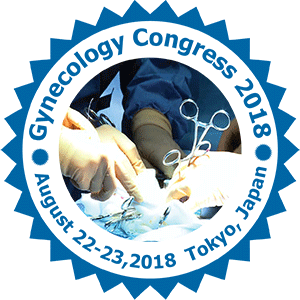
Biography
Biography: Camil Castelo-Branco
Abstract
Turner’s syndrome (TS) is the most common chromosomal abnormality in females, and affects one in 2500 live female births. This condition is more common in utero, affecting 1–2% of all conspectuses. Only 1% of fetuses do not end up in miscarriage [1].
TS is associated with a wide array of potential abnormalities, most thought to be caused by haploinsufficiency of genes that are normally expressed by both X-chromosomes [2]. The cardinal features of TS are short stature and ovarian failure with insufficient sex steroids. These dysfunctions cause delayed puberty and primary amenorrhoea in most cases. Most medical attention has therefore, been focused on early diagnosis, looking for signs for prenatal diagnosis, or performing paediatric guidelines for treatment with growth hormone and pubertal management [3].
Nowadays, it has become evident that patients with TS are susceptible to some disorders whose beginning or evolution occurs in adult life, such as osteoporosis, hypothyroidism, diabetes, dyslipemia or non congenital cardiac or nepho-urological changes.
Morbidity and mortality are increased, and life expectancy is reduced mainly by cardiovascular diseases as well as quality of life is affected by clinical manifestations that may appear later in life [1,3–7].
Special care during adulthood is necessary, with coordination among different specialties, in order to develop guidelines for the correct control of sensorineural and endocrine disorders, to seek associated malformations, and for reproductive counselling or sexual health.
Gynaecologists should take primary responsibility for the management of these patients to maintain and control hormone replacement, referring them to other specialties if required. In this lecture, we will describe the complications of patients with Turner’s syndrome in adult life

